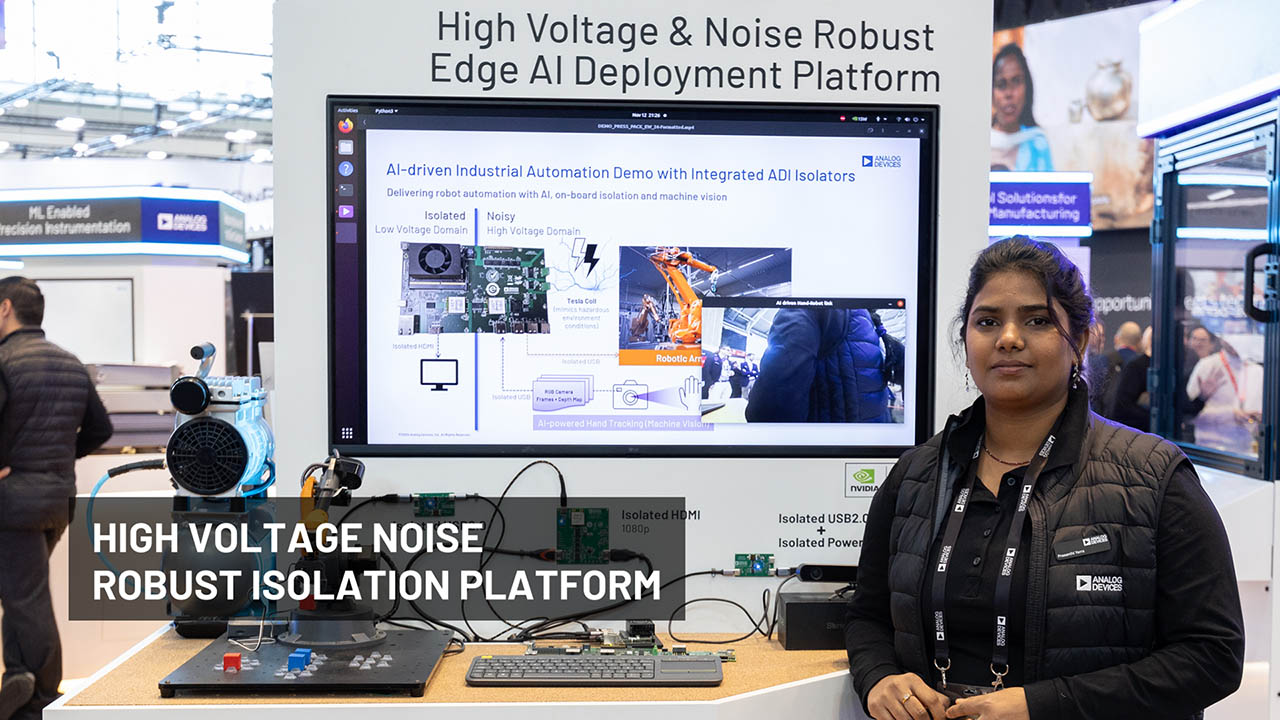fido5000: One Chip, Many Ethernet Protocols
Nowadays, particularly in the context of the Industrial Internet of Things (IIoT) or Industry 4.0, many suppliers and manufacturers of industrial automation technologies are longing for an open, manufacturer-independent communication platform. Thus, manufacturers expect system-wide realizations of the increasing amount of automation processes. In consequence, the automation must take the needs of IT systems into account with regard to open data access, as well as the real-time requirements of industrial control systems. Ethernet and industrial Ethernet have already played an important role here. The numerous advantages of this network technique, such as efficient and synchronous transmission of large data amounts on a shared transmission medium, are superior to those of conventional fieldbuses. Popular industrial Ethernet protocols like PROFINET, EtherNet/IP®, EtherCAT®, POWERLINK®, etc., allow for more or less sharing the same Ethernet medium with conventional protocols like http or TCP/IP.
In this article, the requirements of industrial networks (for example, reliable data delivery and time synchronization of data) are considered in more detail. In addition, the fido5000 REM switch from Analog Devices, Inc. (ADI) will be presented as a possible product solution. This chip is available as fido5100 and fido5200 variants, with both variants differing only in the Ethernet protocols they support. The fido5100 supports the major industrial Ethernet protocols except EtherCAT, while the fido5200 supports the major industrial Ethernet protocols including EtherCAT.

The fido5000 REM Switch
With the fido5000, Analog Devices offers a real-time Ethernet, multiprotocol (REM) switch chip with two Ethernet ports. Hence, two ports become today’s industrial devices and future Industry 4.0 applications must support popular network topologies like line and ring topologies, as well as star topologies. In addition, it is possible to connect any host processor so developers have the possibility to use their own processors, as well as their preferred development environments. All these possibilities and features of the fido5000 are shown in the Figure 2.

The communication between the REM chip and the processor works via memory bus in order to implement high performance, low latency/low itter industrial Ethernet. The memory bus also provides the host interface with PriorityChannel® technology. This filter technology was developed by ADI and consists of a hardware/software combination. It ensures intime processing of critical data from an Ethernet network, independent of its protocols and network utilization, so there is no interference from nontime-critical data traffic. This means that data from the real-time channel has higher processing priority than normal network data. This PriorityChannel technology is shown in Figure 3, which shows four queues that give the possibility to do fine adjustment when processing real-time data.

Besides its switch functionality, the fido5000 also features a powerful timer control unit (TCU). The TCU is intended to implement the synchronization mechanisms of the various industrial Ethernet protocols. Additional functions like input capture or to output any square wave signals can be realized via four dedicated outputs or through four universal inputs/outputs. These ports are directly in phase with the synchronized time. For example, it is possible to time stamp the arrival of an edge at any of the four inputs with 64-bit resolution. At the outputs, any digital signal patterns can be output synchronously to the network time. This means it is possible to synchronize the user’s application with the network time even down to cycle times less than 31.25 μs.
But the fido5000 does even more—the chip is already prepared for the future! The fido5000 supports time sensitive networks (TSN). The needs of future TSN-based industrial Ethernet applications will be able to meet very demanding real-time requirements of applications like motion control or safety.
TSN is a set of standards defined by the IEEE 802.1 workgroup. It will be compatible with existing standard Ethernet technologies. Essentially, TSN defines the first IEEE standard for time-controlled data routing in switched Ethernet networks. The deterministic real-time communication within the series of the IEEE 802 standards can thus be realized by means of a common time base and a schedule, which is generated for message paths over several network components.
In addition to the pure REM switch chip fido5000, ADI also provides a complete solution with the fido5000 called RapID platform. The RapID platform has all common industrial Ethernet protocols implemented and can be integrated into a non-Ethernet field device without much effort. This will allow the field device to meet the requirements of Industry 4.0 applications. The implementation of the common industrial Ethernet protocols is precertified. Another interesting feature of the RapID platform is the dynamic, integrated web server. It allows the user to read and modify network parameters, and input and output data in a very simple way.

The fido5000 REM switch and the RapID platform already offer the best prerequisites for time-critical applications based on current industrial Ethernet and future TSN standards.
About the Authors
Related to this Article
Products
Real-Time Ethernet Multiprotocol (REM) Switch
Real-Time Ethernet Multiprotocol (REM) Switch
Product Categories
{{modalTitle}}
{{modalDescription}}
{{dropdownTitle}}
- {{defaultSelectedText}} {{#each projectNames}}
- {{name}} {{/each}} {{#if newProjectText}}
-
{{newProjectText}}
{{/if}}
{{newProjectTitle}}
{{projectNameErrorText}}























